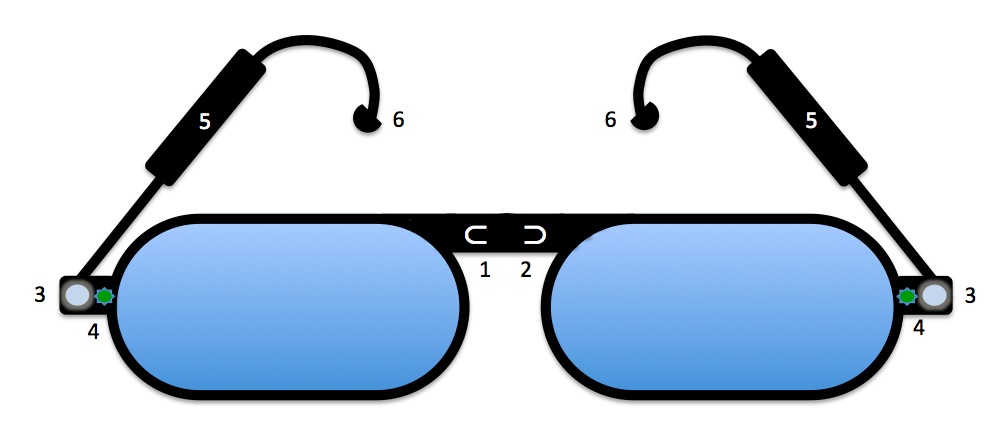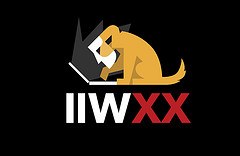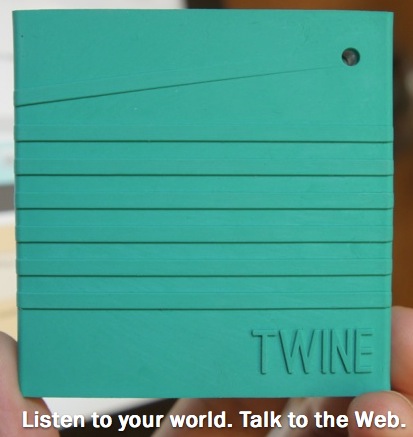In Disruption isn’t the whole VRM story, I visited the Tetrad of Media Effects, from Laws of Media: the New Science, by Marshall and Eric McLuhan. Every new medium (which can be anything from a stone arrowhead to a self-driving car), the McLuhans say, does four things, which they pose as questions that can have multiple answers, and they visualize this way:

The McLuhans also famously explained their work with this encompassing statement: We shape our tools and thereafter they shape us.
This can go for institutions, such as businesses, and whole marketplaces, as well as people. We saw that happen in a big way with contracts of adhesion: those one-sided non-agreements we click on every time we acquire a new login and password, so we can deal with yet another site or service online.
These were named in 1943 by the law professor Friedrich “Fritz” Kessler in his landmark paper, “Contracts of Adhesion: Some Thoughts about Freedom of Contract.” Here is pretty much his whole case, expressed in a tetrad:
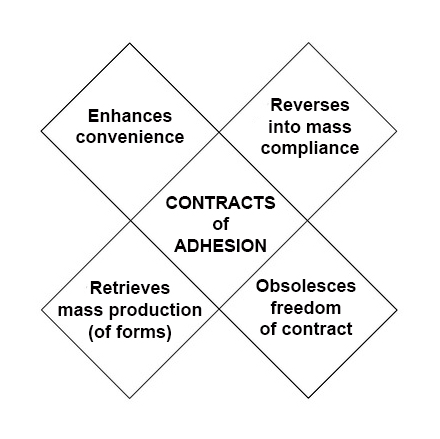
Contracts of adhesion were tools industry shaped, was in turn shaped by, and in turn shaped the whole marketplace.
But now we have the Internet, which by design gives everyone on it a place to stand, and, like Archimedes with his lever, move the world.
We are now developing that lever, in the form of terms any one of us can assert, as a first party, and the other side—the businesses we deal with—can agree to, automatically. Which they’ll do it because it’s good for them.
I describe our first two terms, both of which have potentials toward enormous changes, in two similar posts put up elsewhere:
— What if businesses agreed to customers’ terms and conditions?
— The only way customers come first
And we’ll work some of those terms this week, fittingly, at the Computer History Museum in Silicon Valley, starting tomorrow at VRM Day and then Tuesday through Thursday at the Internet Identity Workshop. I host the former and co-host the latter, our 24th. One is free and the other is cheap for a conference.
Here is what will come of our work:
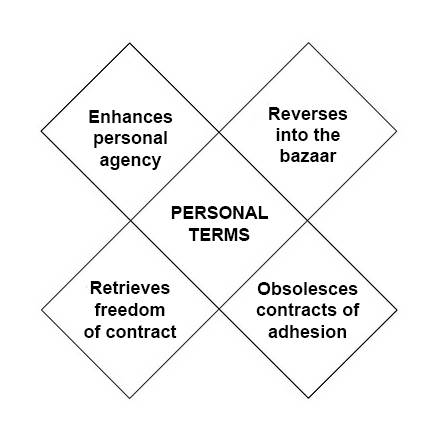
Trust me: nothing you can do is more leveraged than helping make this happen.
See you there.

 Meerkat
Meerkat Periscope
Periscope